UN: climate change costs to poor underestimated
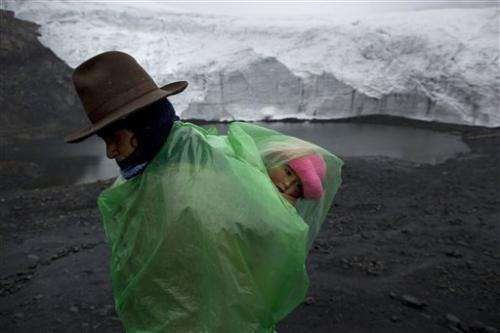
(AP)—The cost to poor countries of adjusting to ever-hotter temperatures will be two or even three times higher than previously thought, the U.N.'s environment agency said Friday—and that assumes a best-case scenario in which greenhouse gas emissions are dramatically reduced.
"If you don't cut emissions, we're just going to have to ask for more money because the damage is going to be worse," Ronald Jumeau of the Seychelles said at U.N. climate talks.
The report was bound to sharpen disputes in Lima over who pays the bills for the impacts of global warming, whose primary cause is the burning of coal, oil and gas but which also includes deforestation. It has long been the thorniest issue at the U.N. negotiations, now in their 20th round.
Rich countries have pledged to help the developing world convert to clean energy and adapt to shifts in global weather that are already adversely affecting crops, human health and economies. But poor countries say they're not seeing enough cash.
Projecting the annual costs that poor countries will face by 2050 just to adapt, the United Nations Environment Program report deemed the previous estimate of $70 billion to $100 billion "a significant underestimate." It had been based on 2010 World Bank numbers.
The report says new studies indicate the costs will likely be "two to three times higher," possibly even as high as $500 billion.
But that's only if global warming stays below 2 degrees Celsius (3.2 degrees Fahrenheit) compared to pre-industrial times, the limit set in the U.N. talks. Scientists say that would require cuts in greenhouse gas emissions that the world is nowhere near on track to accomplish.
"The report provides a powerful reminder that the potential cost of inaction carries a real price tag," UNEP director Achim Steiner said in a statement.
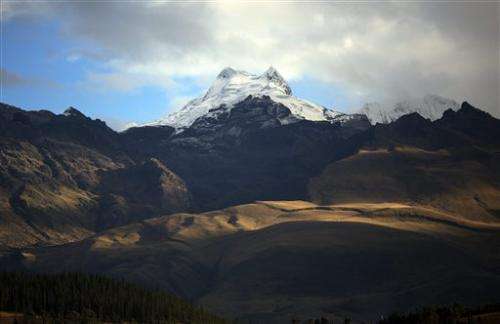
Climate change impacts, including rising sea levels, shifts in rainfall patterns and more intense heat waves, affect all countries but the latter aren't well equipped to cope.
They need help to protect their shorelines, crops, and freshwater resources from rising seas, droughts and floods.
"We know what needs to be done. We just need the dollars or euros," said Jumeau, who is also spokesman for small island states. The Seychelles is struggling to protect beaches from eroding, freshwater wells from drying up and coral reefs from being damaged, he said.
There is concern in Latin America that gains against poverty in the past two decades will be reversed due to climate change.
A World Bank study this year found two degrees of warming would cause crop yields in Brazil to drop by 30-70 percent for soy and 50 percent for wheat.
Rich countries have pledged to provide $100 billion by 2020 to help developing reduce their emissions and adapt to climate change. They are not on track to deliver. Their governments provided about $25 billion in adaptation money to developing countries in 2012-2013, the UNEP report said.
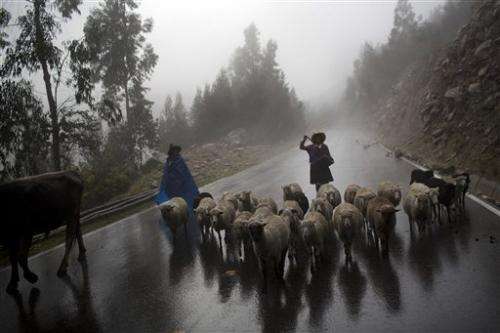
Jumeau noted that the U.S. Congress approved more than twice as much in a disaster aid package after Hurricane Sandy in 2012.
The talks' host country, Peru, is one of the most vulnerable to climate change. Already, it faces diminished highland water supplies from melting glaciers and global warming has also hurt the fishing industry.
The U.N.'s World Food Program says 3 million Peruvians—or one in 10—are highly vulnerable to food insecurity and natural disaster risks.
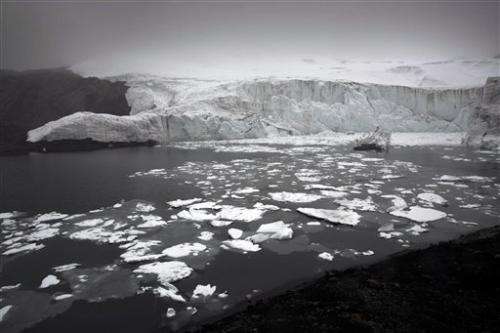
Yet, like most developing nations, what it spends on adapting to climate change, including highlands reservoirs and irrigation projects, will have to compete with other urgent needs, such as improving education, public health and public transport.
"There isn't enough money and there aren't resources specifically earmarked to finance adaptation in Peru," said Lenkiza Angulo, who runs adaptation projects in the Andean nation funded by the Swiss government and valued at $11 million.
One vehicle for funding adaptation—as well as mitigating damages from climate change—is The Green Climate Fund, which nearly reached the $10 billion mark on Friday with a $258 million pledge from Norway.
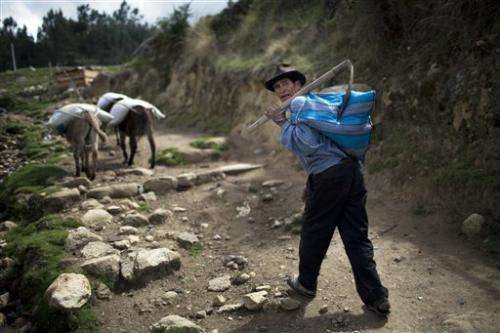
© 2014 The Associated Press. All rights reserved.



















